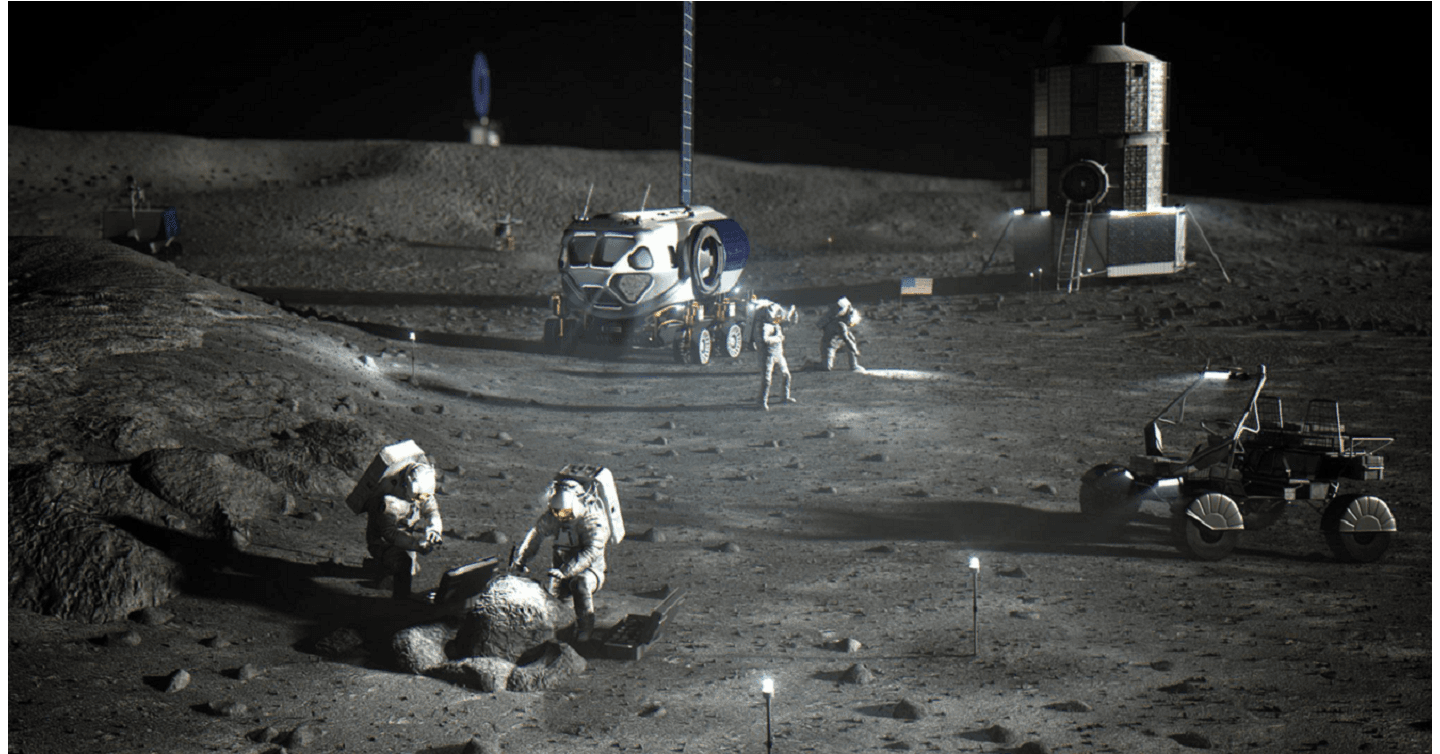
Science & Technology / US News
U.S. Races to Deploy Lunar Nuclear Reactor by 2030 to Secure Moon Presence
The plan scraps NASA’s earlier 2022 Fission Surface Power project, which aimed for a modest 40-kW reactor, in favor of a larger 100-kW system capable of powering a permanent lunar base.

RWTNews Staff
August 5, 2025 - Washington, D.C. – U.S. Transportation Secretary and interim NASA Administrator Sean Duffy has issued a bold directive to fast-track the development of a 100-kilowatt nuclear fission reactor for the lunar surface, targeting deployment by 2030, according to a memo obtained by Politico. This ambitious move, marking Duffy’s first major action since assuming NASA’s interim leadership in July 2025, is driven by an urgent need to outpace China and Russia in the intensifying “second space race” and secure America’s strategic foothold on the Moon.
Duffy’s directive underscores a critical reality: the first nation to establish a nuclear reactor on the lunar surface could claim exclusive “keep-out zones,” potentially blocking the U.S. from key areas vital for its Artemis program. “The first country to do so could significantly inhibit the United States from establishing a planned Artemis presence if not there first,” Duffy wrote, emphasizing the stakes of failing to lead.
A Strategic Leap Forward
The plan scraps NASA’s earlier 2022 Fission Surface Power project, which aimed for a modest 40-kW reactor, in favor of a larger 100-kW system capable of powering a permanent lunar base. This shift aligns with President Trump’s vision to prioritize crewed spaceflight and restore American dominance in space exploration. Duffy’s memo calls for swift action: a project executive must be appointed within 30 days, private-sector proposals are due within 60 days, and contracts will be awarded by year’s end.
Posts on X reflect the urgency, with users noting the reactor’s potential to establish U.S. control over lunar resources and counter China’s aggressive space ambitions. A NASA senior official, speaking anonymously, called it “about winning the second space race.”
Why the Moon Matters
A lunar nuclear reactor is a game-changer for sustained exploration. Unlike solar power, limited by the Moon’s 14-day night cycle, a 100-kW fission reactor can provide continuous energy for habitats, scientific experiments, and resource extraction, such as water ice for fuel. This capability is critical for the Artemis program, which aims to return American astronauts to the Moon with Artemis II in 2026, the first crewed lunar mission in 53 years.
However, the strategic implications are even greater. Under international space law, a nation establishing a significant presence, like a powered base, could assert control over surrounding areas, creating exclusion zones. China and Russia are pursuing similar lunar power projects, and a delay could allow them to claim prime lunar real estate, such as the water-rich south pole, locking out U.S. operations. Duffy’s push ensures America stays ahead, safeguarding access to these critical regions.
Challenges and Context
The directive comes amid NASA’s budget constraints, with the Trump administration proposing a nearly 50% cut to science missions while boosting human spaceflight funds for 2026. Duffy, who faced scrutiny for juggling roles as Transportation Secretary and NASA Administrator, is leveraging his authority to drive rapid progress. His appointment followed President Trump’s withdrawal of billionaire Jared Isaacman’s nomination, a decision influenced by tensions with Elon Musk, a key Trump advisor.
Duffy also called for accelerating the replacement of the International Space Station, aligning with broader goals to advance U.S. lunar and Martian exploration. On X, Duffy celebrated the Artemis campaign, stating, “They’re not just carrying a flag – they’re carrying the pride, power, and promise of the United States of America.”
America’s Legacy at Stake
This initiative builds on America’s Apollo-era triumphs, rekindling the spirit of exploration that defined the 1960s. Failing to act risks ceding lunar dominance to adversaries, threatening national security and economic opportunities in space. With industry giants like Rolls-Royce already showcasing lunar reactor concepts, the U.S. is poised to lead through innovation and private-sector partnerships.
As Duffy’s plan unfolds, the nation stands at a crossroads. Securing a lunar presence by 2030 will ensure America’s leadership in space for generations, preserving our right to explore and utilize the Moon’s vast potential.
